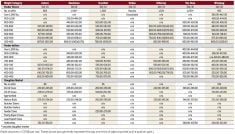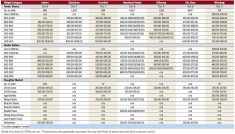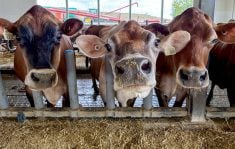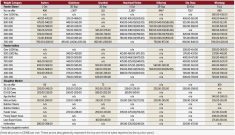With more Americans tightening their belts, demand for cheaper cuts of U.S. beef has actually pushed the price of select-grade beef higher than the generally more expensive choice cuts.
For the first time in nearly two years, select-grade beef prices are above those for better-quality choice grade, according to U.S. government data.
The data showed that demand for select has grown while supplies have declined.
Select beef on Feb. 14 averaged $168.22 per cwt – 55 cents more than the choice beef priced at $167.67.
Read Also
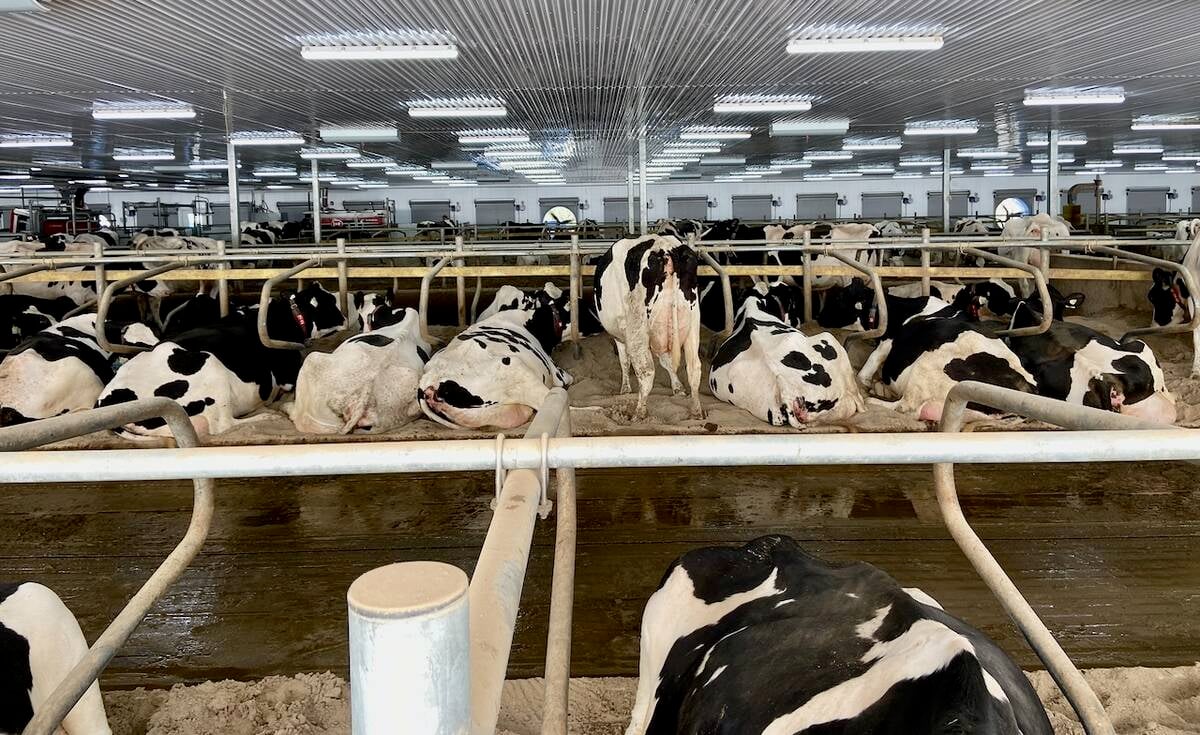
Lactanet moves to monthly on dairy genetic reports
Lactanet is now publishing monthly dairy genetic evaluations, giving dairy farmers more up-to-date data to make breeding decisions.
The inversion of the so-called choice-select spread was the third widest since the U.S. Agriculture Department began tracking the data in 2001 and only the 10th time the spread has inverted.
“When the choice-select spread approaches zero, or occasionally gets inverted, it’s generally an indication of weak demand – consumers not willing to pay more for the good stuff,” said Ron Plain, agriculture economist at the University of Missouri.
Live cattle futures are trading near the record high set last month at the Chicago Mercantile Exchange and the high beef prices have capped demand for all cuts.
Consumers are also grappling with record-high food prices and turning to normally economical choices, including select beef cuts such as the chuck or round commonly ground into hamburger.
Select beef is leaner but less flavourful than choice, which has more marbling and fat. Choice cuts such as the sirloin and tenderloin are more often found in restaurants.
“It’s very unusual to have this inverted, and it’s self-correcting,” said Jim Robb, agriculture economist at the Livestock Marketing Information Center.
“People in the marketplace, especially the end-users on the hotel and restaurant side, even the grocery store side, say, ‘If there is no premium for choice over select, send me your choice product,’” Robb said.
Due to efficiencies in cattle breeding, feeding and other factors, more of the meat is also graded at a higher level.
On average, 65.11 per cent of beef is rated choice and 26.5 per cent is rated select while only 3.71 is rated top-of- the-line prime, USDA said on Monday.
“We are producing, proportionally, more choice beef than select beef,” Robb said. “The bottom line for consumers is that we’ll see a little bit more choice product showing up at the grocery stores.”




